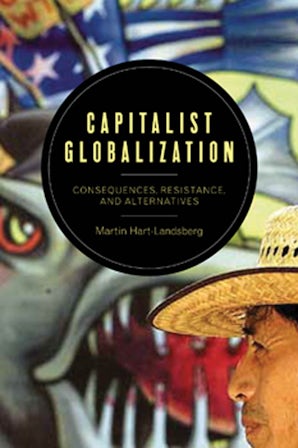Also in this issue
- A Different Perspective on the U.S.-India Nuclear Deal
- The Globalization of Agribusiness and Developing World Food Systems
- Against Literary Imperialism: Storming the Barricades of the Canon
- Indigenous Resistance in the Americas and the Legacy of Mariátegui
- Unions Must Move Left, They Have No Alternative
Books by Martin Hart-Landsberg
Capitalist Globalization
by Martin Hart-Landsberg
China and Socialism
by Martin Hart-Landsberg and Paul Burkett
Korea
by Martin Hart-Landsberg
Rush to Development
by Martin Hart-Landsberg
Article by Martin Hart-Landsberg
- Planning an Ecologically Sustainable and Democratic Economy: Challenges and Tasks
- U.S. Economic Planning in the Second World War and the Planetary Crisis
- Lessons from Iceland: Capitalism, Crisis, and Resistance
- ALBA and the Promise of Cooperative Development
- The U.S. Economy and China: Capitalism, Class, and Crisis
- The Promise and Perils of Korean Reunification
- China, Capitalist Accumulation, and Labor
- Neoliberalism: Myths and Reality
- China and Socialism: Introduction



